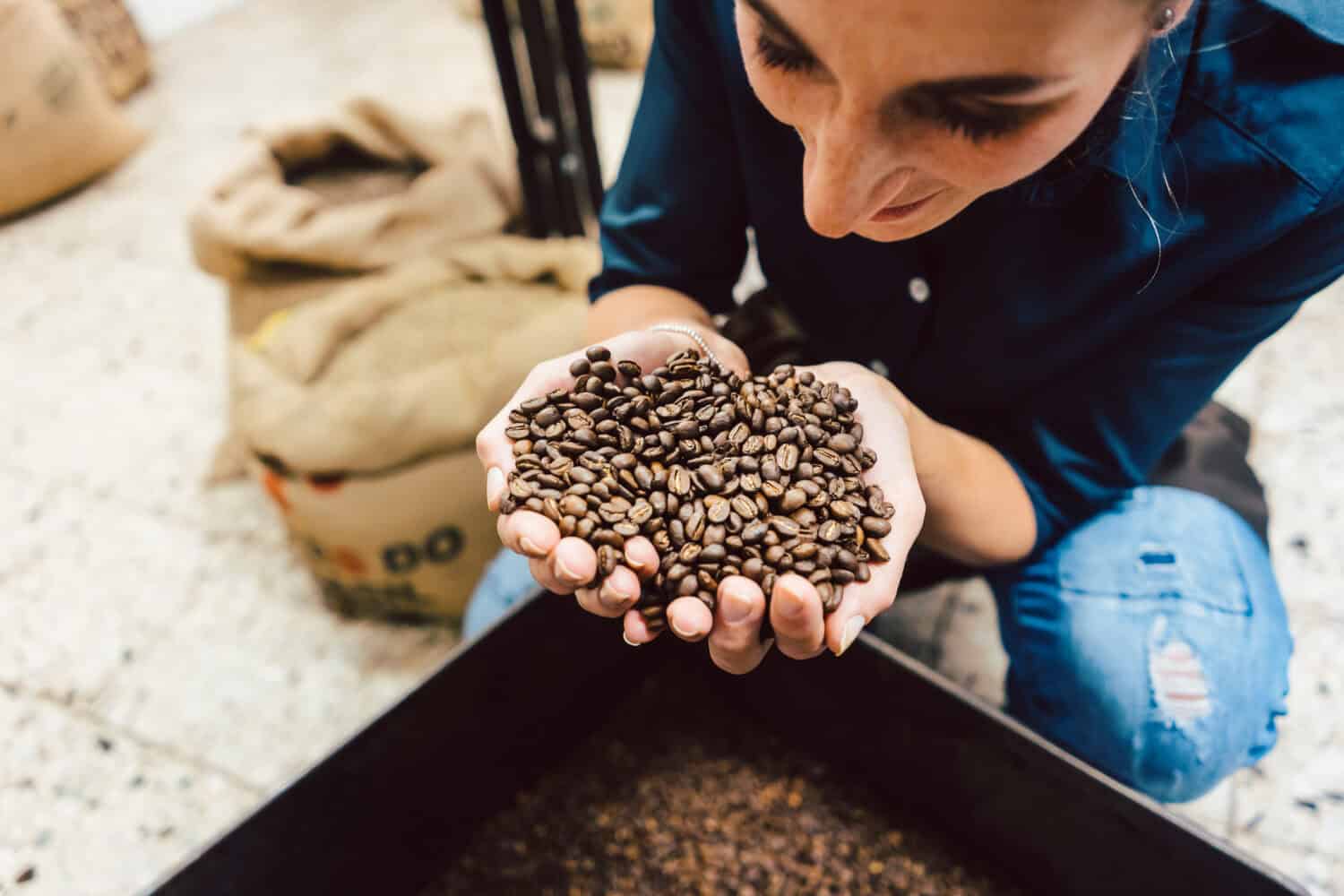Business
Starbucks Faces Growing Competition as Luckin Coffee Expands Rapidly

The competitive landscape of the coffee industry is shifting dramatically as Starbucks grapples with slowing growth while Luckin Coffee rapidly expands its presence. Luckin, a Chinese coffee chain, has opened over 24,000 stores globally, overtaking Starbucks’ 6,975 locations in China alone. This surge reflects a changing coffee culture and innovative business strategies that have caught the attention of consumers.
As of 2024, Luckin Coffee has not only surpassed Starbucks in store count but has also gained a significant lead in revenue within China. This shift in momentum comes after Luckin’s recovery from a substantial fraud scandal in 2020, which initially damaged its reputation. The brand has since regained consumer trust by emphasizing convenience and innovation, prioritizing speed and affordability over the traditional café experience.
Luckin’s Innovative Approach
Luckin Coffee has adopted a tech-first business model that appeals to a younger demographic. By relying heavily on app-based orders and minimizing in-store staff, the company has optimized its service to provide quick transactions. With aggressive pricing strategies, including promotions for drinks starting as low as $1.99, Luckin attracts price-sensitive customers. The introduction of over 119 new drink varieties, including unique fruit-infused lattes, enhances its appeal further.
The company’s rapid expansion has been characterized by a focus on convenience, positioning itself as a leader in the market despite previous setbacks. Analysts regard Luckin’s recovery as a remarkable turnaround, illustrating its resilience and ability to adapt to consumer preferences.
Starbucks’ Efforts to Reclaim Market Share
In contrast, Starbucks is responding to these challenges with a strategic initiative called “Back to Starbucks,” led by CEO Brian Niccol. This plan aims to revitalize the customer experience by shifting from mobile-only outlets back to community-centric coffeehouses. The initiative includes refurbishing over 1,000 U.S. stores by 2026 and introducing personalized touches, such as handwritten messages on cups.
Starbucks continues to hold a significant advantage globally, reporting revenue of $36 billion in 2024 compared to Luckin’s $4.7 billion. Despite this, the company is experiencing a slowdown in growth not only in international markets but also domestically. Recent reports indicate that Starbucks’ same-store sales in China modestly recovered, increasing by approximately 2% in the third quarter of 2025, partly due to price adjustments.
The evolving landscape of coffee consumption highlights a stark contrast between the two brands. While Starbucks emphasizes an experiential approach, focusing on ambiance and customer interaction, Luckin promotes a transactional model that prioritizes speed and affordability. This divergence in value propositions has led to distinct customer experiences, with many opting for loyalty, convenience, or novelty depending on their preferences.
As the rivalry between Starbucks and Luckin Coffee intensifies, both companies face the challenge of adapting to shifting market dynamics. Analysts suggest that for Starbucks to remain relevant, it must continue innovating and align more closely with local consumer expectations, particularly in China. The outcome of this ongoing competition will significantly influence the future of coffee culture worldwide.
-

 Lifestyle3 months ago
Lifestyle3 months agoLibraries Challenge Rising E-Book Costs Amid Growing Demand
-

 Sports3 months ago
Sports3 months agoTyreek Hill Responds to Tua Tagovailoa’s Comments on Team Dynamics
-

 Sports3 months ago
Sports3 months agoLiverpool Secures Agreement to Sign Young Striker Will Wright
-

 Lifestyle3 months ago
Lifestyle3 months agoSave Your Split Tomatoes: Expert Tips for Gardeners
-

 Lifestyle3 months ago
Lifestyle3 months agoPrincess Beatrice’s Daughter Athena Joins Siblings at London Parade
-

 World3 months ago
World3 months agoWinter Storms Lash New South Wales with Snow, Flood Risks
-

 Science3 months ago
Science3 months agoTrump Administration Moves to Repeal Key Climate Regulation
-

 Science2 months ago
Science2 months agoSan Francisco Hosts Unique Contest to Identify “Performative Males”
-

 Business3 months ago
Business3 months agoSoFi Technologies Shares Slip 2% Following Insider Stock Sale
-

 Science3 months ago
Science3 months agoNew Tool Reveals Link Between Horse Coat Condition and Parasites
-

 Sports3 months ago
Sports3 months agoElon Musk Sculpture Travels From Utah to Yosemite National Park
-

 Science3 months ago
Science3 months agoNew Study Confirms Humans Transported Stonehenge Bluestones









